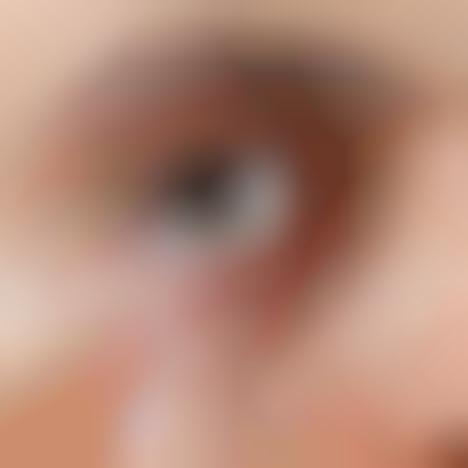
A New Material Graphene Could be Used in Lenses to See in the Dark
Allen Taylor — March 19, 2014 — Tech
A new miracle material called graphene could be used to develop night-vision contact lenses. Graphene has been used to develop infrared sensors that if inserted into contact lenses would allow the wearer to see in the dark.
The graphene material is made form a single later of carbon atoms. Engineers at the University of Michigan have used the material to create sensors that can detect the full spectrum of light. Common infrared sensors require large cooling devices to prevent overheating but the graphene sensors do not require cooling so the sensors can be produced at a much smaller scale than ever before. The new wonder material has a range of applications, night vision being one of the most ingenious yet.
The graphene material is made form a single later of carbon atoms. Engineers at the University of Michigan have used the material to create sensors that can detect the full spectrum of light. Common infrared sensors require large cooling devices to prevent overheating but the graphene sensors do not require cooling so the sensors can be produced at a much smaller scale than ever before. The new wonder material has a range of applications, night vision being one of the most ingenious yet.
Trend Themes
1. Graphene-based Night Vision Tech - The use of graphene could lead to new night vision technologies, allowing people to see in the dark.
2. Miniaturized Infrared Sensors - Graphene's ability to create small, efficient sensors could lead to a trend of downsizing tech.
3. Advanced Contact Lens Technology - Incorporating graphene into contact lenses could pave the way for new types of visual aids.
Industry Implications
1. Optical & Vision Industry - Graphene-based lenses and sensors have the potential to disrupt the optical and vision industry by providing new advances in night vision capabilities and visual aids.
2. Military & Security Industry - Graphene-based night vision tech could be a game-changer in the military and security industry, giving soldiers and law enforcement officers the ability to see in the dark.
3. Consumer Electronics Industry - Miniaturization of infrared sensors using graphene could lead to new types of consumer electronics and wearable devices with night vision capabilities.
5.3
Score
Popularity
Activity
Freshness























